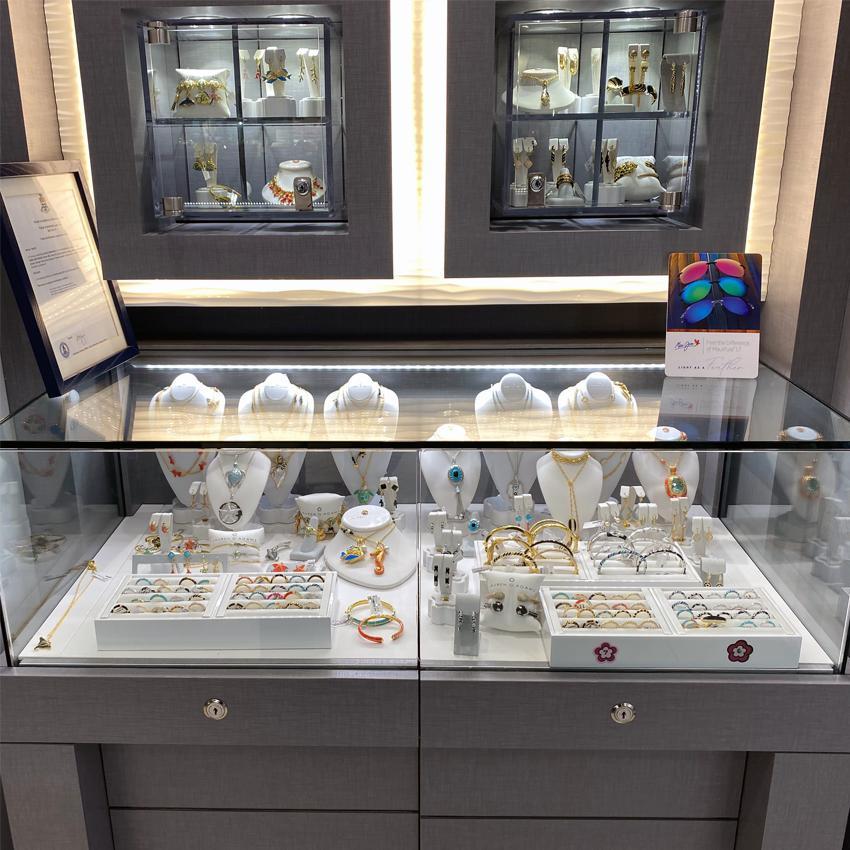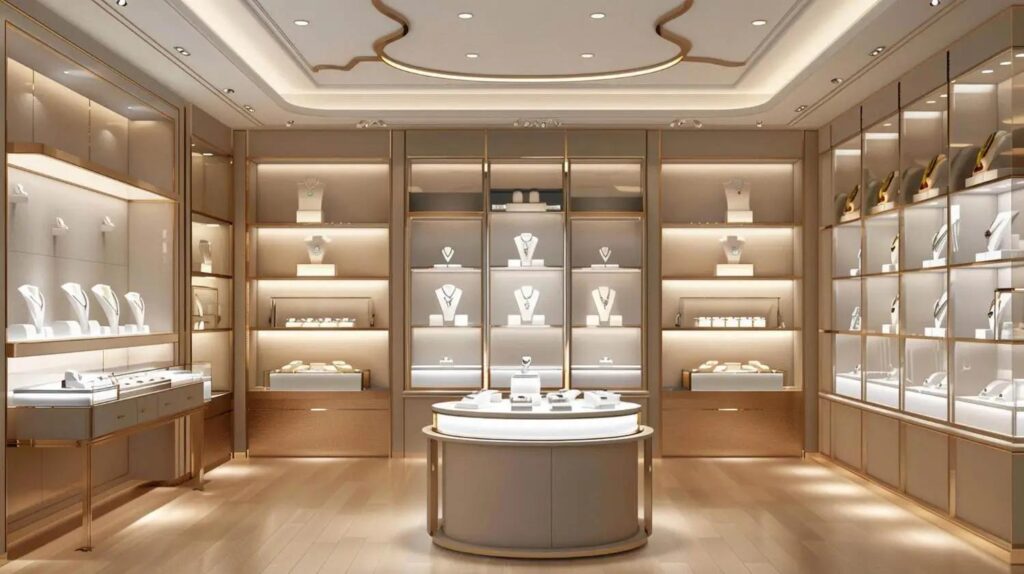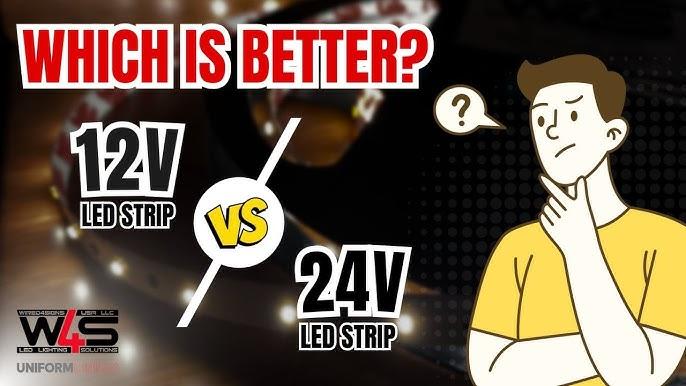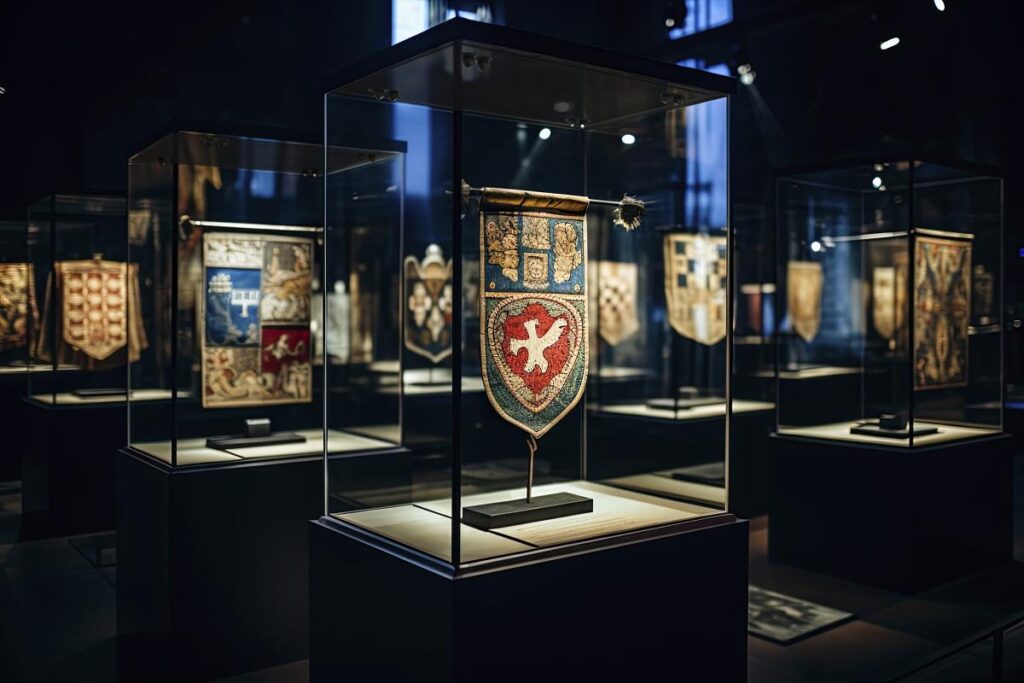Introduction
Lighting plays a vital role in exhibitions. Good lighting enhances our vision by highlighting elements and adding interest to the scene. It is key to how people see exhibits. It alters the appearance of art pieces, like paintings and sculptures, as jewelry and ancient relics.
Customized lighting solutions, like LED showcase lighting, make things look attractive. They also keep delicate items safe. With personalized plans tailored specifically to exhibit characteristics, curators achieve optimal visual impact.
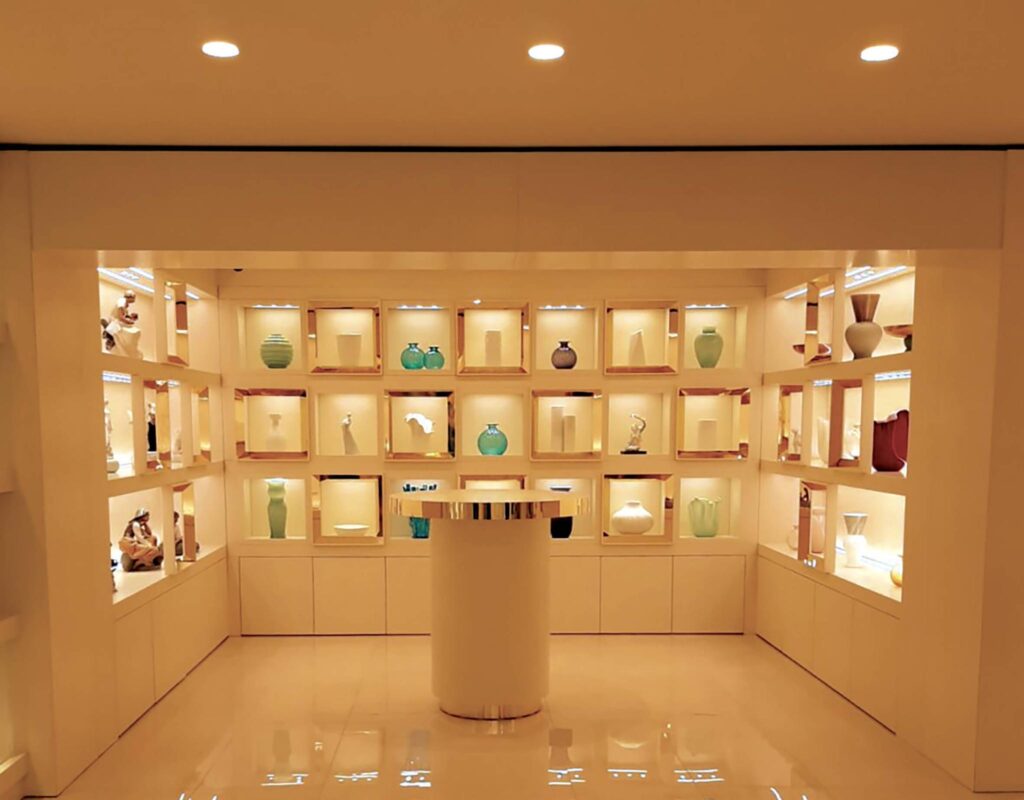
How Can Exhibit Characteristics Influence Lighting Choices?
Exhibit features such as type, material, color, size, and shape clearly affect lighting decisions. Understanding these factors is very important. They help us highlight exhibits well and create presentations that catch the eye. Every unique feature needs careful thought to boost lighting. This careful approach makes exhibits look both attractive and safe from damage caused by poor lighting.
How do different exhibit types influence lighting requirements?
Different exhibits require types of lighting to enhance their presentation effectively. Different types of items such, as jewelry items, in stores or galleries often require lighting setups to showcase their beauty and features effectively. For example Jewelry showcase lighting is needed to showcase jewelry effectively and highlight the brilliance and clarity of gemstones. On the side of things historical objects may require lighting and carefully regulated light levels to avoid damage. When it comes to those types of applications Jewelry display lighting and Mini LED pole lighting work well.
Material and Color:
Material and color have a strong effect. They change how exhibits reflect or absorb light. Dark materials like black fabric or wood absorb more light. They need brighter, stronger lighting. Reflective materials, like polished metals or glass, can cause unwanted glare. They need softer, carefully angled lighting.
| Material Type | Recommended Lighting |
| Dark Fabric | Bright, diffuse lighting |
| Metals | Soft, focused lighting to prevent reflections |
Size and Shape:
The size and shape of an exhibit directly impact lighting choices. Larger items demand broader beam angles to illuminate effectively without creating uneven lighting. Smaller items, such as jewelry or intricate artifacts, benefit significantly from narrow, directional lighting options like Mini magnetic showcase track lighting.
How Can Lighting Objectives Enhance Exhibits?
Clearly defined lighting objectives help exhibits reach their full potential. They attract viewers, create immersive experiences, and preserve the integrity of sensitive materials.
Objectives often focus on showing details. They work to set a calm ambiance. They also help protect exhibits from environmental harm.
How can lighting highlight exhibit details?
Directional lighting helps to show textures, patterns, and intricate details. A good example is Magnetic track lighting, which works accurately. This technique draws attention to subtle details. It improves the viewer experience by adding depth and dimension to displays.
How does lighting create ambiance?
Lighting sets the mood. It stirs emotional responses from visitors. Warm lighting creates a welcoming, intimate atmosphere. It is ideal for historical displays or art galleries. Instead, cooler lighting shows a professional and modern look. It works well in corporate or modern exhibits.
How does lighting protect sensitive exhibits?
Exhibits that contain sensitive items, like textiles, paper, or photosensitive artifacts, need controlled lighting. This measure helps minimize the risk of damage. Customized dimmable lighting systems let you change brightness with precise control. They assist in minimizing the effects of UV rays and excessive glare, from sunlight.
Which Lighting Methods Are Suitable for Different Exhibits?
Selecting the right lighting is crucial. It gives the best display effects. Diffuse, grazing, and accent lighting methods all serve different roles. Being familiar, with the purpose of each tool assists museum curators, in improving the way exhibitions are presented to the public.

What is diffuse lighting and when should it be used?
Diffuse lighting spreads light evenly. It greatly reduces shadows and glare. It works well with exhibits that have reflective surfaces. It also gives even light to large displays like paintings or wide wall installations.
What benefits does grazing lighting offer?
Grazing lighting works very well in showing off texture and depth. Textured walls are enhanced by using this technique to bring attention to murals or wall mounted displays. This method produces striking shadow effects that highlight the intricacies of surfaces and add to the appeal.
How does accent lighting enhance exhibits?
Focused beams, in lighting are used to illuminate objects. It highlights important details in an exhibit. It ensures they capture visitor attention effectively.
When to use combined lighting methods?
By combining lighting methods you can create displays that’re both well rounded and lively. Soft and gentle lighting provides an illumination that’s suitable, for various purposes. When combined with accent or grazing light to show specific details, it boosts visual interest and overall effectiveness.
| Lighting Method | Application Scenario |
| Diffuse | General displays, paintings |
| Grazing | Wall textures, murals |
| Accent | Jewelry, sculptures |
Why is Illuminance and Color Temperature Control Crucial?
Proper lighting and color control is essential. It shows the true colors and details of exhibits. It also helps protect them from damage. Curators must manage these factors carefully. They work to improve the visual experience and keep the exhibit intact.
How should illuminance levels be determined?
Illuminance should align with exhibit sensitivity:
- Highly sensitive materials (paper, textiles) require lower illuminance (50-100 lux).
- More robust materials (metal, ceramics) can handle higher illuminance (150-300 lux).
Why is choosing the right color temperature essential?
A correct color temperature makes colors appear true. It also sets the right tone:
- Warm temperatures between 2700K and 3500K make organic and natural materials look their best.
- Cooler temperatures, between 4000K and 5000K, show metals, crystals, and contemporary items. These color temperatures display these objects clearly.
Why is High Color Rendering Index (CRI) Important for Exhibits?
Exhibits, with a high Color Rendering Index (CRI) showcase true, to life colors. Values, above 90 for CRI play a role, in highlighting artworks jewelry pieces and vibrant displays. They assist audiences in experiencing colors that appear lifelike.
How Can Glare and Reflection Be Avoided?
Glaring lights and reflections can greatly diminish the clarity of what you see. They make it hard to see clearly. Effective planning and simple tweaks to lighting fixtures ease these issues. They boost exhibit visibility and viewer comfort.
How can fixture placement prevent glare?
Placing lighting fixtures away, from where people look directly helps minimize any discomfort they may feel. It also enhances visibility. Adjusting fixture height and angle further minimizes glare.
Why is beam angle adjustment important?
Proper beam angle adjustment ensures light precisely targets exhibits, avoiding unwanted reflections on glass or shiny surfaces. Narrow beam angles give focused light. They also cut down on visual distractions.

How Do Intelligent Control Systems Enhance Exhibit Lighting?
Smart control systems give you flexible and exact light control; they let you adjust your lights easily. Features such as dimming and timed control significantly enhance energy efficiency, exhibit protection, and overall visual quality.
What advantages does dimming provide?
Dimming lets you adjust the brightness for each exhibit. It improves the viewer experience and protects delicate items from too much light.
How does timed control benefit exhibits?
Timed control schedules lighting precisely, reducing unnecessary energy use and extending fixture lifespan. It also minimizes harmful prolonged exposure to intense lighting, protecting exhibits.
| Intelligent Feature | Benefits |
| Dimming | Adjusts brightness, saves energy |
| Timed Control | Conserves energy, extends fixture lifespan |
Conclusion
Customized lighting solutions significantly enhance display effects, making tailored plans essential for successful exhibit presentation. Understanding exhibit characteristics, controlling lighting parameters, and using advanced lighting methods guarantee visually impactful and protective illumination solutions.
External Links:


